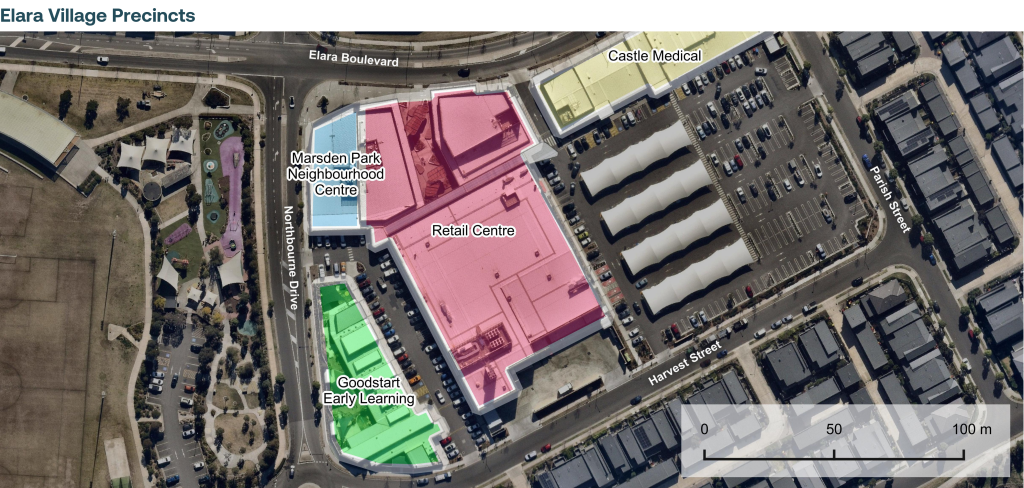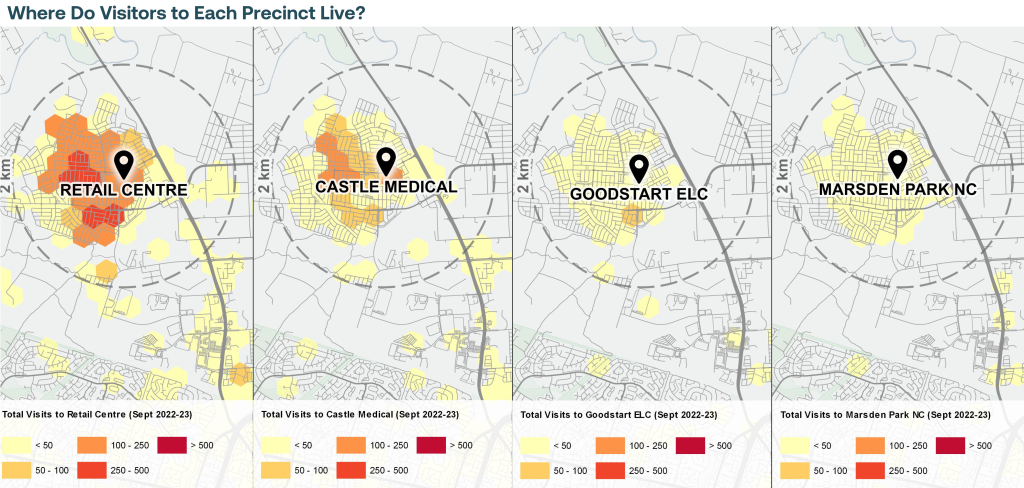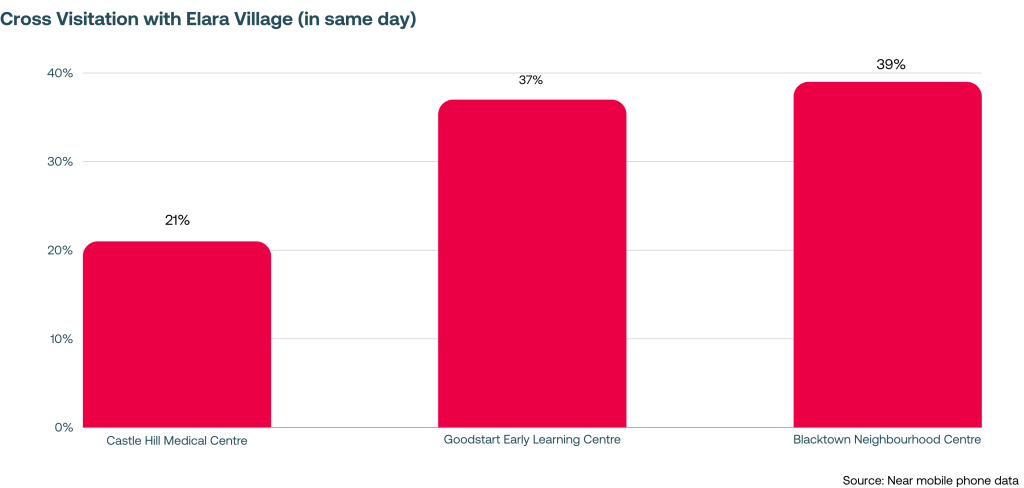
Activity Hubs: The Winning Formula
Location iQ has been working closely with a range of shopping centre owners and developers to optimise the mix of uses at traditional shopping centres by including a range of complementary non-retail uses. By providing the ultimate mix of convenience uses in one location, shopping centres can increase customer penetration rates, dwell times, and cross-visitation between precincts.
There is significant upside to the ability to reinforce the draw and attraction of a shopping centre with non-retail uses where possible, even for larger regional shopping centres. Scentre Group has redefined their shopping centres as ‘Living Centres’ to reflect what customers want in the transition from purely retail shops to a more diverse range of experiences, including health, wellness, and education as examples.
These non-retail uses can include:
- Entertainment offers such as cinema complexes, 10-pin bowling, game arcades etc.
- Gym and fitness centres, yoga/Pilates studios, and other wellness-type uses.
- Medical centres and allied health operators
- Childcare centres
- Swim schools
- Service Stations
- Fast food PAD sites
- Large-format family-oriented tavern/restaurant
- Short-term accommodation
- Commercial office space
What are Super Neighbourhood Centres?
In 2017, ISPT referred to larger supermarket-based shopping centres supported by a range of retail shops in addition to the provision of non-retail facilities as ‘Super Neighbourhood Centres’. Subsequently, this has become the benchmark for most new greenfield developments.
Super neighbourhood centres not only create an opportunity to implement flexible and brave leasing strategies — they encourage it. And because they are shaped by local communities, the people in that community have a vested interest in the success of their shopping centre.
Location iQ has access to a diverse range of high-quality data sources that allow us to both understand detailed historical and current trends, and then extrapolate these trends to confidently predict the future.
What Does Mobile Phone Data Show Us?
One of these datasets is Near mobile phone ping data. Location iQ have used mobile phone data since 2019 and formed a partnership with Near in January 2023.
“Near data uses aggregated mobile phone location data from a variety of high-quality sources, including software development kits (SDKs) and mobile advertising SDKs. Near ingests, interprets, and analyses petabytes of geospatial data, including cell phone geolocation ‘pings’ all over the world, to enable an accurate, current view of the people visiting a location.”
As well as providing powerful information around customer visitation (including both residents and workers), Location iQ utilise this data to analyse:
- Dwell time
- Time of visit
- Day of week visitation
- Cross-visitation.
Case Study: Elara Village, North-West Sydney
Elara Village is a supermarket-based shopping centre at Marsden Park in North West Sydney. The centre is well laid out and provides excellent amenity to the current and growing population in the region.
Elara Village comprises a full-line Coles supermarket-based shopping centre with adjacent shops as well as:
- Castle Medical Centre which offers a high level of amenity fronting onto the car park.
- Goodstart Early Learning Centre to the west of the retail centre proper with its own car parking.
- Marsden Park Neighbourhood Centre which is a community centre at the north-western corner of the site.
Location iQ has geo-fenced (or drawn a boundary around) each separate site and Near has provided information in relation to customer visitation to each precinct, as well as cross visitation between the precincts. The series of maps highlights the differing customer draw of each component.


The chart highlights the cross-visitation of the precincts. In this example, almost 40% of visitors to the community centre also frequented the retail centre.

Near mobile phone data is as powerful as the location questions you ask of it, and Location iQ, as an experienced data provider, can provide the insights to unlock important questions for developers, leasing managers, and non-retail operators.
If you would like to understand more about how to create the ultimate activity hub, or how mobile phone ping data can be used to understand more about your asset, please contact us at hello@locationiq.com.au or 02 8248 0100.



